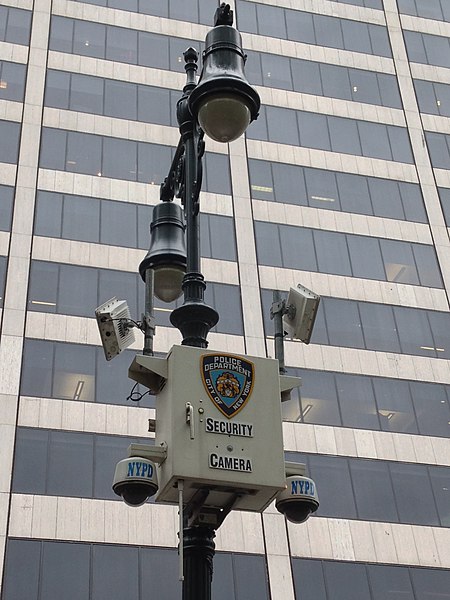Wireless community network
Wireless community networks or wireless community projects or simply community networks, are non-centralized, self-managed and collaborative networks organized in a grassroots fashion by communities, non-governmental organizations and cooperatives in order to provide a viable alternative to municipal wireless networks for consumers.
The Freifunk-Initiative installing Wi‑Fi antennas in Berlin-Kreuzberg in 2013.
A cantenna connected to a One Laptop per Child machine.
A Patras Wireless Network (PWN) access point, the first city-wide wireless community network in Greece.
A volunteer installing a "supernode" of guifi.net. In July 2018 guifi.net had over 35,000 active nodes and about 63,000 km of wireless links.
Municipal wireless network
A municipal wireless network is a citywide wireless network. This usually works by providing municipal broadband via Wi-Fi to large parts or all of a municipal area by deploying a wireless mesh network. The typical deployment design uses hundreds of wireless access points deployed outdoors, often on poles. The operator of the network acts as a wireless internet service provider.
LinkNYC was announced by New York City Mayor Bill de Blasio in 2014 and will eventually replace the city's network of payphones.
A municipal Wi-Fi antenna in Minneapolis, Minnesota
Wireless security cameras on a lamp post deployed by New York City Police Department. They are connected to the municipal NYC Wireless Network (NYCWiN).
A volunteer installing a "supernode" of guifi.net. In July 2018 guifi.net had over 35,000 active nodes and about 63,000 km of wireless links.







